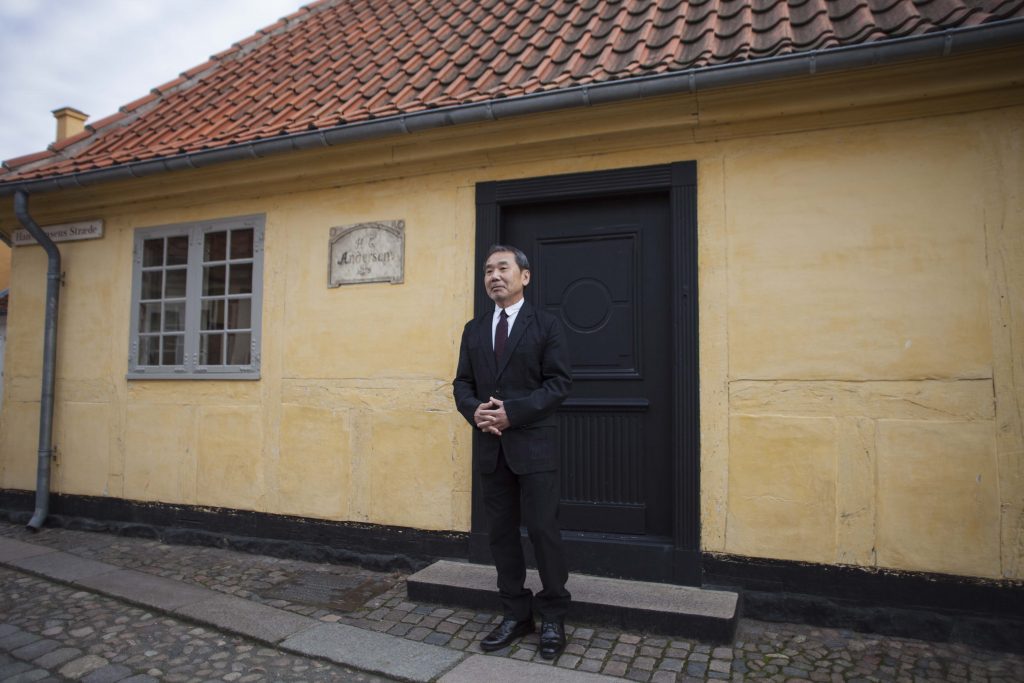After months of drought, with extreme weather and dry winds,
fires have been raging across Israel, beginning November 22, 2016.
More than ten thousand dunam have been burned in 200 fires,
with severe damage to forests, animals, villages and towns. A quarter of the
population in Haifa, the country’s third largest city, had to be evacuated, and
two thousand apartments and houses have been damaged or destroyed.
Human negligence lies behind the first fires, with the
extreme weather causing wide damage. Then, Palestinian arsonists, as it seems,
may have caused half of the fires, joined on social media by triumphant
encouragement, such as the imam of Kuwait's Grand Mosque, Sheikh Mishary Alfasy
Rashid, who tweeted “All the best to the fire.”
The tree is sacred, perhaps particularly so in a barren country
like Israel, where almost all trees have been planted. Since the beginning of
the nineteen hundreds, hundreds of millions of trees have turned the country
from swamplands into a land of parks and forests.
 Those radical Palestinian arsonists (far from all
Palestinians) are committing crimes against humanity and against Nature, just
like those fanatic Israeli settlers (far from all settlers), who uproot
Palestinian olive trees.
Those radical Palestinian arsonists (far from all
Palestinians) are committing crimes against humanity and against Nature, just
like those fanatic Israeli settlers (far from all settlers), who uproot
Palestinian olive trees.
The fires are now being extinguished. Many are the local
heroes – fire fighters, voluntary guards at night, police and security forces,
people in kibbutzim and in towns, including many Arabs, who have offered their
homes for the many who have had to evacuate their own homes.
But an additional phenomenon during these times needs to be
mentioned, possibly opening a window to reconciliation, if the political
leaders will wisely choose that path:

 Israel, recognized by the World Health Organization as the
world leader in emergency field hospital, sent to disaster areas around the
world, has this time had to ask for help.
Israel, recognized by the World Health Organization as the
world leader in emergency field hospital, sent to disaster areas around the
world, has this time had to ask for help.
The first to respond was – the Palestinian National
Authority, sending firefighters to help combatting the wildfires. And Egypt,
Jordan, Turkey, United States, France, Great Britain, Greece, Cyprus, Italy,
Croatia, and Russia are among the countries that have sent planes, equipment
and firefighters.
 Israel has not been alone in this crisis. When it is over,
the Israeli political leadership will have an opportunity to change its
policies, to open a window to reconciliation, to invite the Palestinians (who
have been equally reluctant) and other neighboring countries, to begin a new
chapter, based on mutual recognition, mutual acceptance of responsibility, and
willingness to give to each other, rather than take.
Israel has not been alone in this crisis. When it is over,
the Israeli political leadership will have an opportunity to change its
policies, to open a window to reconciliation, to invite the Palestinians (who
have been equally reluctant) and other neighboring countries, to begin a new
chapter, based on mutual recognition, mutual acceptance of responsibility, and
willingness to give to each other, rather than take.
As a small gesture, 50% of royalties between November 27 and
December 31, 2016, from the two books of mine that pertain to psychological
perspectives on Israeli society (regardless of where you purchase them), will be donated to one or more organizations
devoted to promote peace and reconciliation, such as joint projects between
Israel and Palestine.
The Hero and His Shadow
“This is a fascinating book. … On the one hand, we see the
hero, the warrior, the pioneer, the fearless man of doing. On the other hand, we see the shadow, the
dark side, … You see this dichotomy between the internal feeling of strength
and forcefulness, and on the other hand a terrible fear.
 In order to
properly understand Israeli society and the sometimes strange responses in
certain political circumstances, we need to understand this terrible fear that
is hidden within us.”
In order to
properly understand Israeli society and the sometimes strange responses in
certain political circumstances, we need to understand this terrible fear that
is hidden within us.”
Prof. Yoram Yovell, author and psychoanalyst.
Requiem
"… Requiem is also a story of the alienation of the Western
intellectual Jew from their Jewish religious heritage and the potential for
finding a way back to a renewed Judaism and humanism through a new
understanding of self and other. … it is
a fight against denial, a battle for consciousness, and the courage to take a stand
against evil that define the integrity one can maintain even in a situation
that is seemingly hopeless in so many ways.
…"
Dr. Steve Zemmelman, Jungian Psychoanalyst
All my books are available at Amazon.















